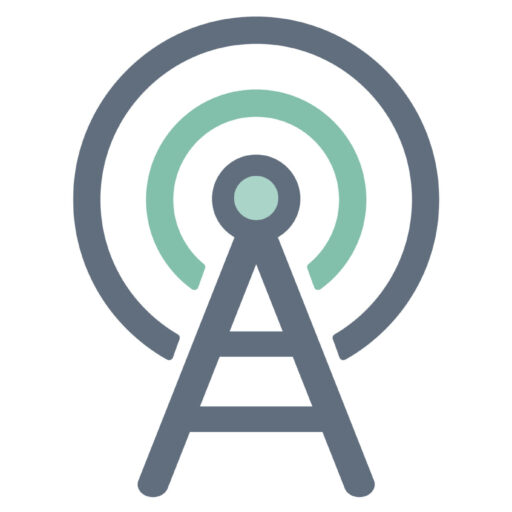OmniFocus is a powerful task management application designed for macOS and iOS users. It follows the Getting Things Done (GTD) methodology, providing users with an organized way to handle tasks, projects, and goals. Key features of OmniFocus include flexible task organization through folders and projects, context-based task lists, the ability to set due dates and notifications, and a review feature for ongoing project management. This application also supports tagging, allowing for an additional layer of organization that can help users stay focused on tasks that require similar resources or contexts. OmniFocus is favored among professionals seeking a reliable tool to enhance productivity, particularly in complex project environments. However, it comes at a premium price point; for users interested in exploring alternatives, several noteworthy options are available. For more details, visit the official website: OmniFocus.
1. Todoist
Todoist is a widely-used task management application that offers a versatile platform suitable for both personal and team projects. It allows users to create tasks, set priorities, and collaborate with others. With its clean interface, Todoist is accessible across devices including web, iOS, and Android. Users appreciate the ability to organize tasks via projects and labels, and reinforce focus by integrating productivity tracking features. The premium model unlocks advanced attributes such as reminders, task comments, and custom filters, making Todoist a strong alternative for users who need robust organizational capabilities.
- Benefits: User-friendly interface, cross-platform availability, versatility for personal and team tasks, robust collaboration tools.
- Disadvantages: Some powerful features are locked behind a premium subscription, which may not suit all budgets.
Pricing options start at free for basic features, with premium plans available from $3/month. Explore more at Todoist.
2. Trello
Trello provides a visual approach to task management through its unique card-and-board system. Users can create boards for different projects, add cards for individual tasks, and move them through various phases of completion (To Do, In Progress, Done). It is especially beneficial for visual learners and teams who need a collaborative space to manage projects efficiently. Trello integrates with various apps for enhanced functionality, such as Slack and Google Drive. While it is flexible and intuitive, the lack of a structured hierarchy might overwhelm users managing complex projects.
- Benefits: Visually appealing interface, excellent for team collaboration, integrates well with other tools, customizable workflows.
- Disadvantages: May become disorganized with extensive projects, limited features in the free version.
Pricing begins at free with premium options starting at $10/month per user. Discover more at Trello.
3. Microsoft To Do
Microsoft To Do is a straightforward task management app that integrates seamlessly with the Microsoft ecosystem. Users can organize their tasks with lists, set reminders, and collaborate with others easily. It allows for efficient task organization through a simple interface, making it suitable for both personal use and small teams. Additionally, Microsoft To Do syncs with Outlook Tasks, creating a seamless connection for users who already favor Microsoft products.
- Benefits: Free to use, integrates with Microsoft 365 ecosystem, simple interface, good for individual task management.
- Disadvantages: Lacks advanced project management functionalities and detailed reporting features.
Microsoft To Do is completely free; more information can be found at Microsoft To Do.
4. Notion
Notion is a highly versatile workspace application that can be tailor-fitted for task management, note-taking, database creation, and much more. Users love its flexibility to create pages, templates, and lists that can be adjusted per personal workflow. For those who want a tool that goes beyond traditional task management, Notion is an excellent option. It fosters collaboration through shared workspaces and facilitates smooth project tracking, making it a popular choice among teams and individuals alike.
- Benefits: All-in-one workspace, highly customizable, integrates notes and tasks easily, supports collaboration.
- Disadvantages: Steeper learning curve for new users, may appear overwhelming due to its extensive features.
Notion offers a free version with premium plans starting at $4/month. Visit Notion for more details.
5. ClickUp
ClickUp is a comprehensive project management tool that combines various functionalities into one platform, including task management, time tracking, and goal tracking. Its customizable features cater to diverse workflows, enabling businesses and individuals to optimize their task management experience. Users benefit from a robust set of tools for collaboration and productivity, making it versatile for small teams or larger organizations. The flexibility of ClickUp allows users to adapt it to various project management methodologies.
- Benefits: Extensive features under one platform, adaptable workflows, strong collaboration tools, and time tracking.
- Disadvantages: May be too complex for users seeking simpler solutions; some features may require additional setup.
ClickUp has a free version with premium plans starting at $5/month per user. Check out more at ClickUp.
Exploring alternatives to OmniFocus can provide users with a variety of task management styles and capabilities. Whether you prefer a simple interface or require extensive features, there is an option that caters to individual needs and preferences. By evaluating these alternatives, users can enhance their productivity and find a solution that aligns perfectly with their working style.
